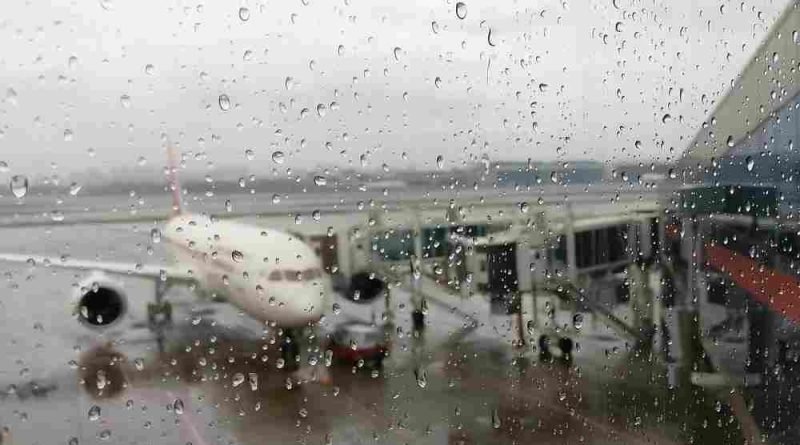IIT Kanpur successfully conducts artificial rain test through cloud seeding
Indian Institute of Technology Kanpur is one of the prestigious and best engineering institute in India. IIT Kanpur is renowned for its research and innovations.
After years of dedication and efforts the researchers and scientists of IIT Kanpur successfully conducts an experiment of artificial rain technology also known as cloud seeding. The institution was working on this experiment through years and recently achieved milestone.
In a test flight of cloud seeding, the experiment was conducted with proper authorization of the Directorate General of Civil Aviation (DGCA).
During the test, the Cessna aircraft took a flight from IIT Kanpur’s airstrip, reaching at an altitude of 5,000 feet’s and by using cloud seeding technology, the aircraft released chemical powder into the clouds and simulating the formation of airdrops.
The artificial rain experiment was led by Manindra Agrawal, a professor at the IIT Kanpur Department of Computer Science Engineering says “This success is a testament to the tireless efforts and dedication of our team. We believe that artificial rain can have a profound impact on water availability and agricultural productivity in drought-prone regions”. “Our capabilities in this direction have been successfully tested”, he stated.
IIT Kanpur took six years to successfully execute the artificial rain. After in 2017, the Government of Uttar Pradesh state reached out to help Bundelkhand with artificial rain.
What is Cloud Seeding?
Cloud seeding is one of the types of weather modification that improves a clouds ability to produce rain or snow by spreading tiny ice nuclei into the upper part of the clouds to try to simulate the precipitation process and formation of rain.
Is cloud seeding bad for the environment?
There are no harmful effects of cloud seeding found on environment. The solutions used for artificial rain are not harmful, said experts.





